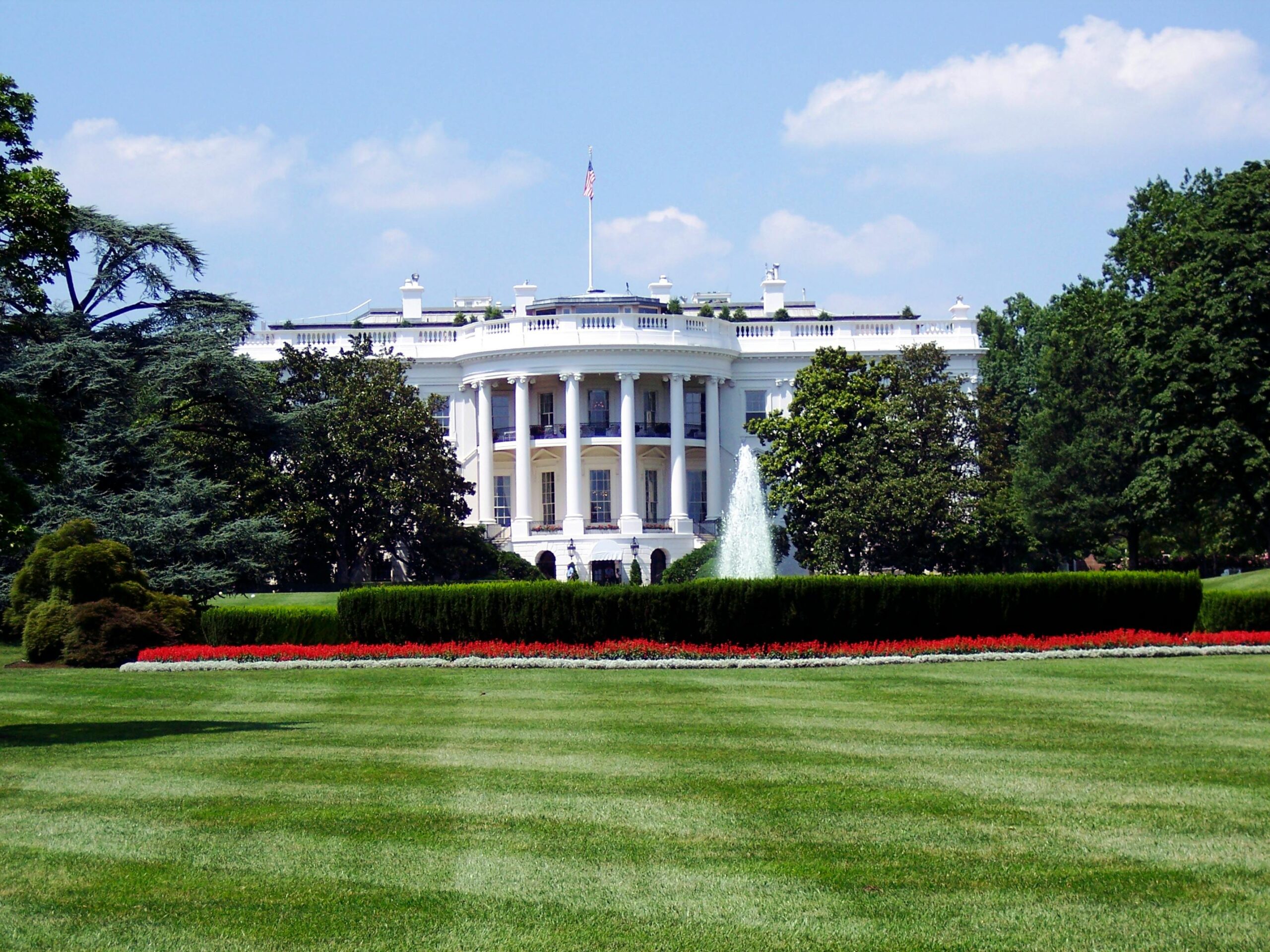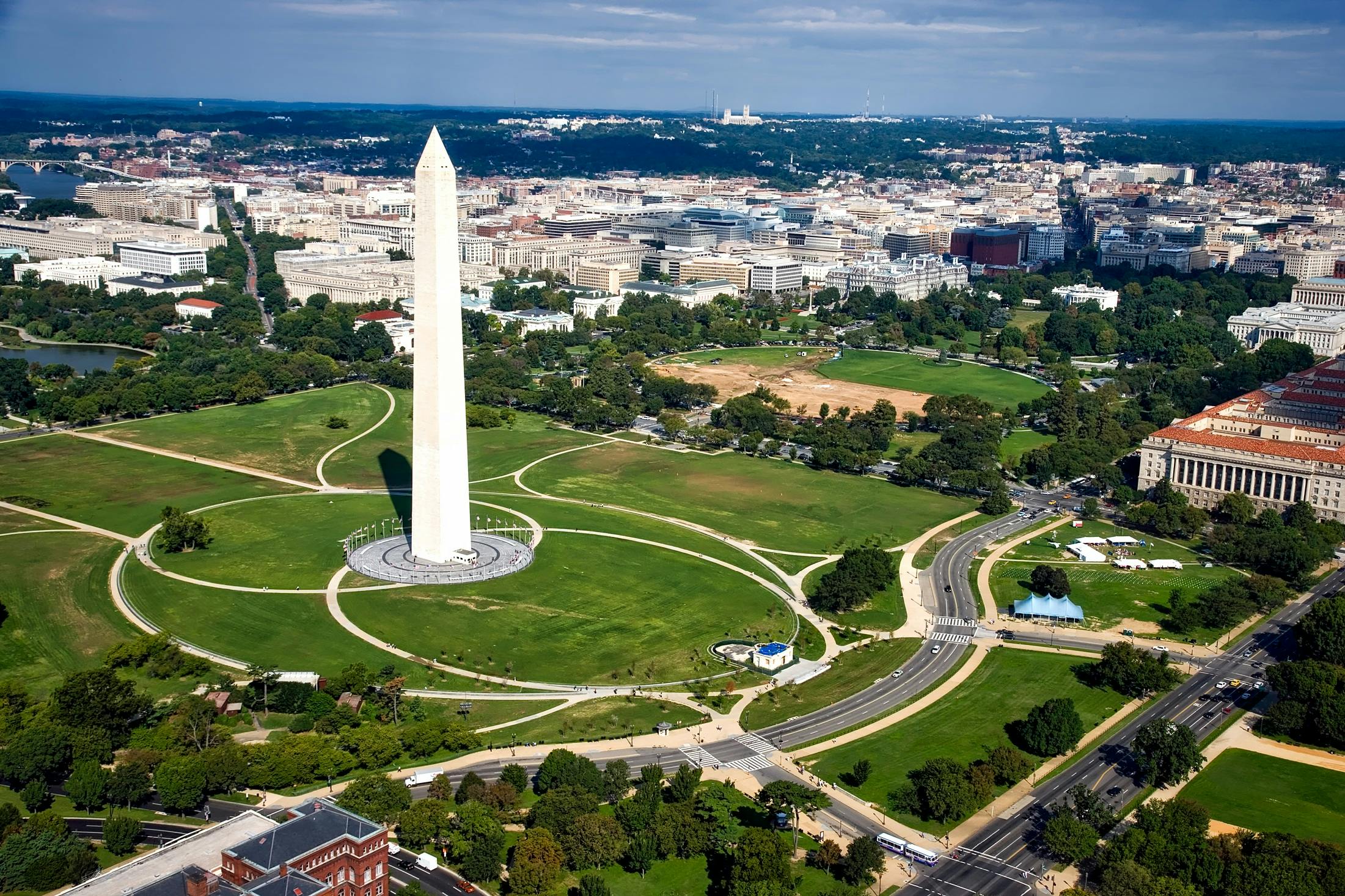
Washington, D.C., boasts the second-highest median household income among major U.S. metropolitan areas, a testament to the region’s economic vitality and concentration of high-paying professional positions. Yet beneath this veneer of prosperity lies a troubling paradox: the nation’s capital faces a severe affordable housing crisis, threatening to fundamentally reshape who can afford to live in the city and its surrounding communities.
The Numbers Paint a Dire Picture
The statistics reveal a crisis of staggering proportions. Four in five extremely low-income D.C. renter households are severely cost-burdened, spending more than half their income on housing. For every 100 extremely low-income renter households in the District, only 32 affordable and available homes exist. This shortage affects real people, seniors, individuals with disabilities, teachers, service workers, and families who form the backbone of the community but cannot find housing within their means.
The problem extends beyond the District’s borders. Nationally, there are only 35 affordable and available homes for every 100 extremely low-income renter households, representing a shortage of 7.1 million affordable rental homes across the country. The D.C. metropolitan area exemplifies this national crisis in microcosm, with local conditions that make the shortage particularly acute.
As construction activity has plummeted, multifamily housing permits dropped from over 7,000 units in 2022 to roughly 1,200 in 2024, an 80 percent reduction in just two years, the gap between need and supply continues to widen. In the District itself, only 580 market-rate units started construction in 2024, the fewest since 2009.
An Existential Crisis for Affordable Housing Providers
Beyond the shortage of units lies an equally troubling development: existing affordable housing is at risk. Housing developers and nonprofit providers describe the situation as an “existential crisis,” with many properties facing foreclosure and budget shortfalls that threaten their ability to continue serving low-income residents.
The root cause is a perfect storm of challenges. Unpaid rent has ballooned to unprecedented levels, with $147 million predicted to go unpaid in 2025 alone, a 1,236 percent increase since 2020. Affordable housing providers report that rent collection rates have dropped dramatically; one major nonprofit saw its D.C. collection rate fall from 95 percent pre-pandemic to 82 percent, with the District representing 15 percent of its national portfolio but accounting for a disproportionate share of its financial challenges.
The problem cascades through the system. Landlord-tenant cases take over a year to resolve in the District’s housing court, leaving property owners unable to address non-payment issues effectively. Without steady cash flow, affordable housing providers struggle to maintain properties, pay operating costs, and most critically, secure financing for new developments. Lenders view the sector as increasingly risky, making capital harder to obtain precisely when it’s most needed.
Many mission-driven nonprofits and affordable housing developers warn that without intervention, buildings facing large rent arrears could go into foreclosure, leading to the loss of affordability covenants and reducing the overall stock of affordable housing in the city. The owners of tens of thousands of income-restricted apartments risk losing their properties, jeopardizing the future of affordable housing in the nation’s capital.
Rising Costs Compound the Challenge
Inflation has dramatically raised costs essential to maintaining safe, quality housing communities. Security, utilities, and insurance premiums have surged, with property insurance rates remaining elevated despite 2024 recording the first decrease since 2017. These operating cost increases squeeze already tight margins for affordable housing providers who cannot simply raise rents on low-income tenants to compensate.
Federal pandemic-era stimulus funding has expired, removing a crucial financial cushion. Simultaneously, the District faces its own budget constraints, with a major drop in commercial real estate values, particularly downtown, likely to lead to declining property tax revenues over time. Public pension obligations for police, firefighters, teachers, and other city employees are coming due, creating competing demands for limited public resources.
In Mayor Muriel Bowser’s proposed FY2025 budget, several housing programs face painful cutbacks. The Housing Production Trust Fund, Emergency Rental Assistance Program, Neighborhood-Based Activities Program, and Employer-Assisted Housing Program all saw proposed reductions from previous fiscal years, though not necessarily from pre-pandemic baselines. These cuts set concerning precedents that undermine long-term efforts to transform the District into a mixed-income city with a robust portfolio of dedicated affordable housing.
The Political Battle Over Solutions
District leadership remains divided on how to address these interconnected challenges. Mayor Bowser proposed the Rental Act, framing it as key to addressing the city’s struggling affordable housing landscape. The legislation seeks to tighten eviction timelines, align processes more closely with other regional jurisdictions, and create new eviction pathways including provisions for public safety concerns and a two-strikes rule for lease violations.
The D.C. Council’s housing committee advanced the bill but with significant amendments that drew the mayor’s strong objection. Bowser accused Council member Robert C. White Jr., chairman of the housing committee, of “gutting” her legislation and urged the full council to reject the changes. The disagreement centers on how to balance tenant protections with the financial viability of affordable housing providers.
Affordable housing developers largely support measures that would improve rent collection and expedite eviction processes for problem tenants, arguing these changes are necessary for financial stability. Tenant rights advocates express concern that the legislation erodes protections and makes Emergency Rental Assistance harder to access, potentially leaving vulnerable families trapped in debt or facing rapid eviction.
Critics argue the Rental Act represents “landlord protection” rather than tenant protection, citing provisions that could allow evictions in as few as 10 days. Supporters counter that without addressing systemic rent non-payment and court backlogs, the affordable housing sector faces collapse, which ultimately harms the tenants it’s designed to serve.
The Supply-Side Challenge
Solving the affordable housing crisis requires addressing both the preservation of existing units and the creation of new ones. Limited housing production drives prices higher across all income ranges, as even market-rate construction helps alleviate pressure that cascades down to lower-income segments.
The primary policy vehicle for increasing supply is reform of land-use regulations, particularly the zoning code. The general public and the D.C. Council will shape how much housing is allowed through the rewrite of the city’s Comprehensive Plan, which begins in 2025. More flexible zoning that allows greater density and mixed-income development could help meet the scale of demand.
For low-income renters and homebuyers, continued investment in capital subsidies, upfront payments in the form of loans or grants to finance acquisition and construction costs in exchange for long-term affordability protections, remains essential. The Housing Production Trust Fund and other District programs make it possible to build and operate affordable housing, but they require consistent funding that doesn’t fluctuate with budget cycles.
New home construction helps grow the tax base and diversify the economy, reducing reliance on tax revenues from downtown office buildings and the federal government. There are no silver bullets to the District’s current fiscal and economic challenges, but a major push to build more housing represents one of the most promising paths forward.
Federal Policy Implications
The crisis in D.C. reflects national trends that require federal intervention. The private market fundamentally fails to serve renters with extremely low incomes. The amount that extremely low-income renters can afford to pay for rent does not cover the development and operating costs of new housing and is often insufficient to incentivize landlords to maintain older housing.
Subsidies are needed to produce new affordable housing, preserve existing affordable housing, and bridge the difference between what the lowest-income renters can afford to pay and market rents. Yet current federal funding for housing assistance is insufficient, and recent proposals threaten to cut programs that serve those most in need.
The Federal Housing Finance Agency has proposed changes to Fannie Mae and Freddie Mac’s Affordable Housing Goals for 2026 through 2028, merging minority and low-income home purchase goals while lowering benchmark levels. Consumer advocates warn this proposal “will make our housing crisis worse” by heightening difficulties working families face in securing mortgages and further limiting access to homeownership, especially for first-time homebuyers.
A Housing Voucher Waitlist That Never Moves
The District’s housing voucher waitlist tops 37,000 people and remains largely stagnant, a tangible symbol of unmet need. For those fortunate enough to receive vouchers, new challenges emerge. Affordable housing providers report receiving government payments for tenants enrolled in programs inconsistently or months late, creating cash flow problems that strain operating budgets and limit proactive planning.
When the system works well, it works effectively. But consistency remains elusive, and the unreliability of government payments adds another layer of financial instability for providers already struggling with unpaid rent from direct-pay tenants.
The Human Cost
Behind every statistic lies a human story. Teachers, firefighters, service workers, and families who contribute vitally to the community face impossible choices between housing costs and other necessities. Some are priced out of neighborhoods where they work, adding long commutes to already demanding schedules. Others live in overcrowded or substandard conditions, sacrificing safety and dignity for affordability.
Homelessness rates are increasing as those on the margins fall through gaps in the safety net. The affordable housing crisis doesn’t just threaten low-income residents; it affects the fundamental character and diversity of the region, determining whether D.C. remains a place where people from all backgrounds can build lives and contribute to the community.

Looking Ahead
Addressing Washington, D.C.’s affordable housing crisis requires tackling complex, interconnected challenges involving housing providers, policymakers, and all players in the affordable housing capital stack. Solutions must balance tenant protections with provider viability, increase supply through zoning reform, maintain consistent public investment, and ensure federal programs adequately serve those most in need.
The stakes are extraordinarily high. Without decisive action, the District risks losing not just affordable housing units but the economic and social diversity that makes it a vibrant, functioning city. The question is whether political leadership can move beyond partisan divisions to implement comprehensive solutions at the scale the crisis demands, before more families are displaced and more opportunities for intervention are lost.





